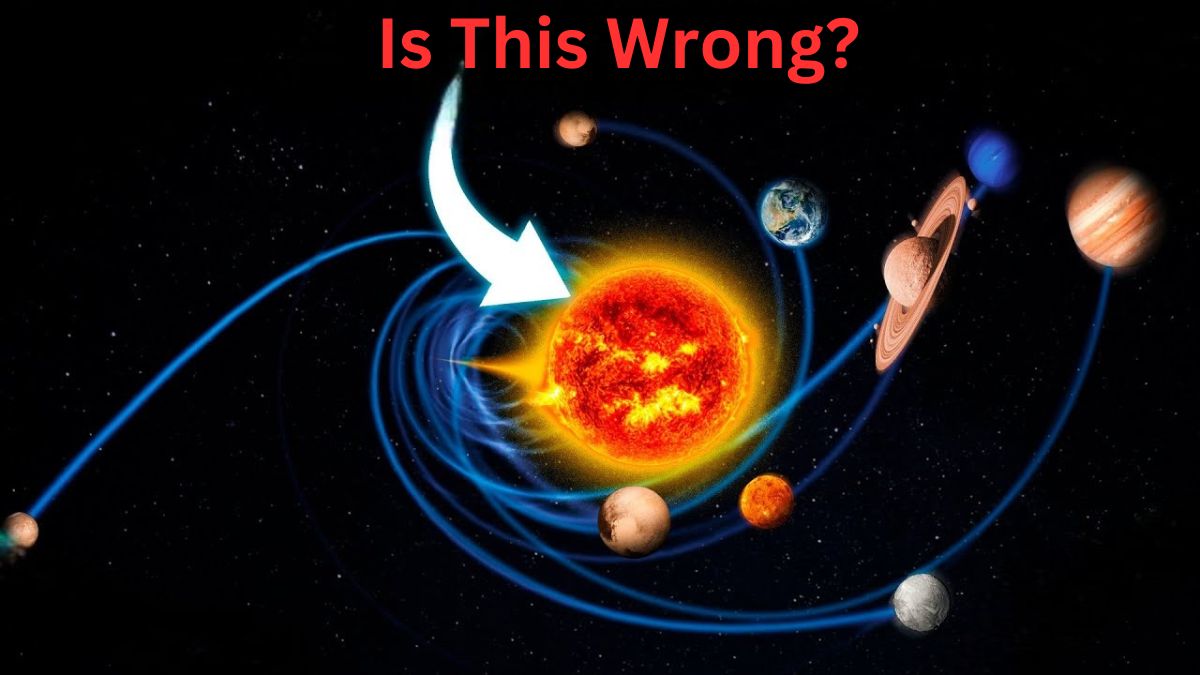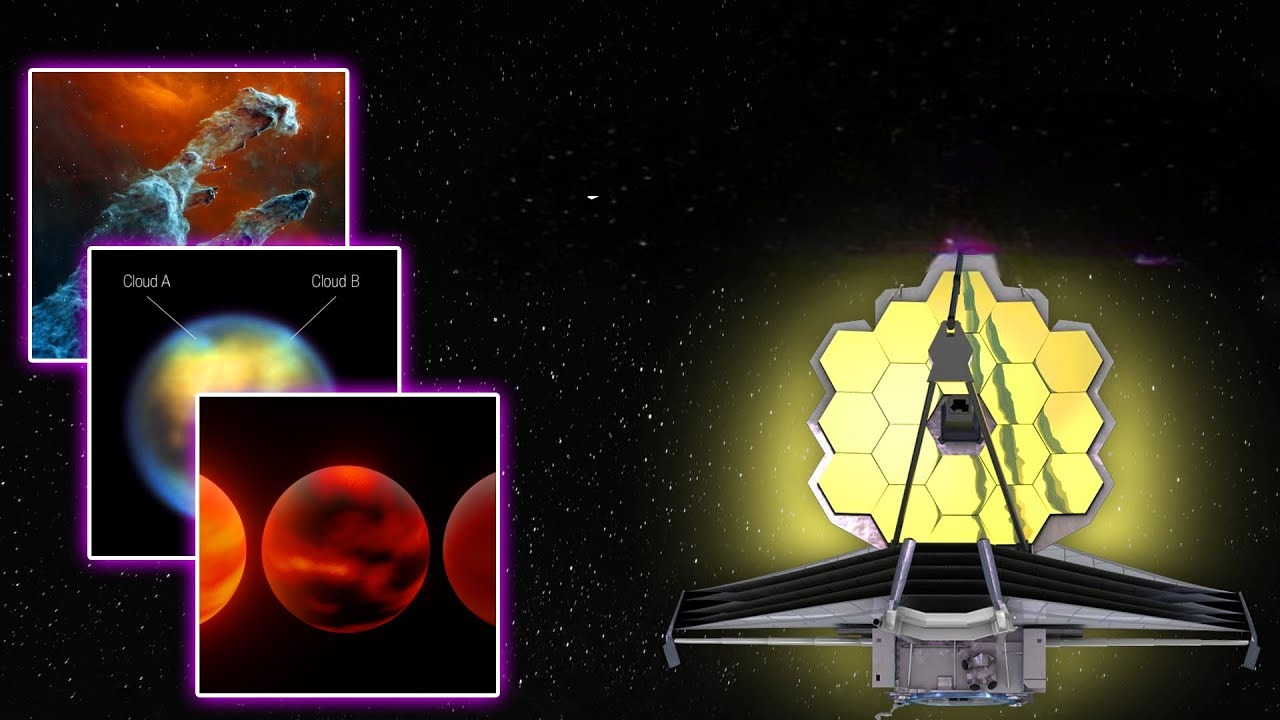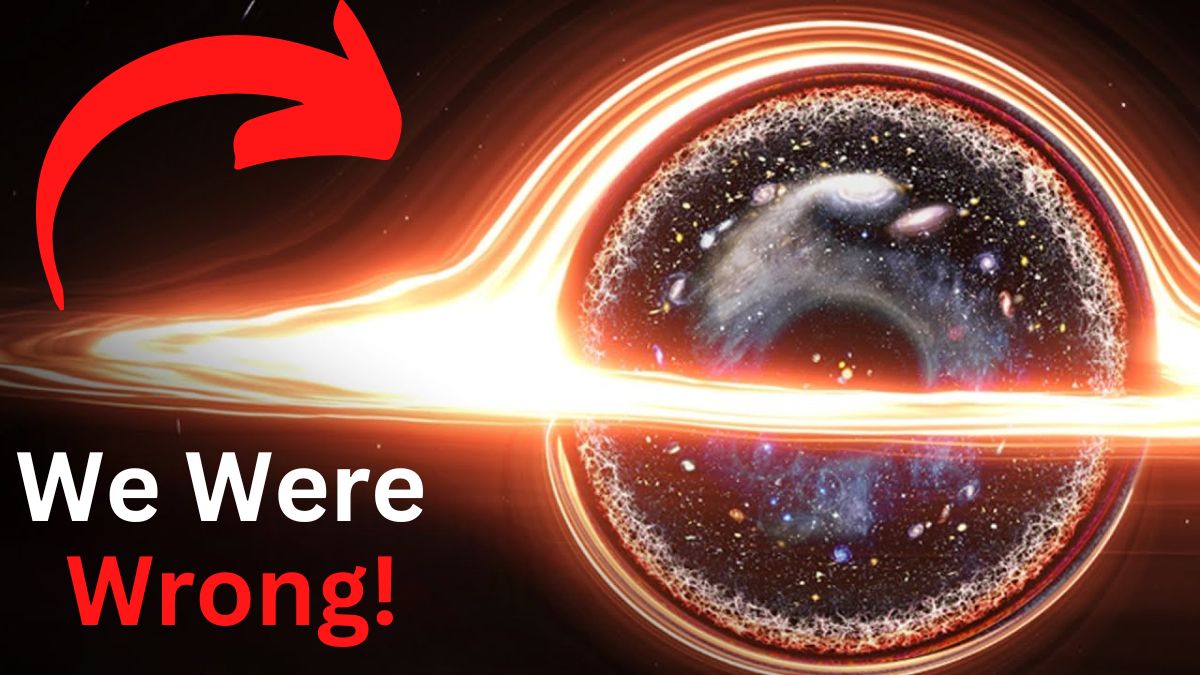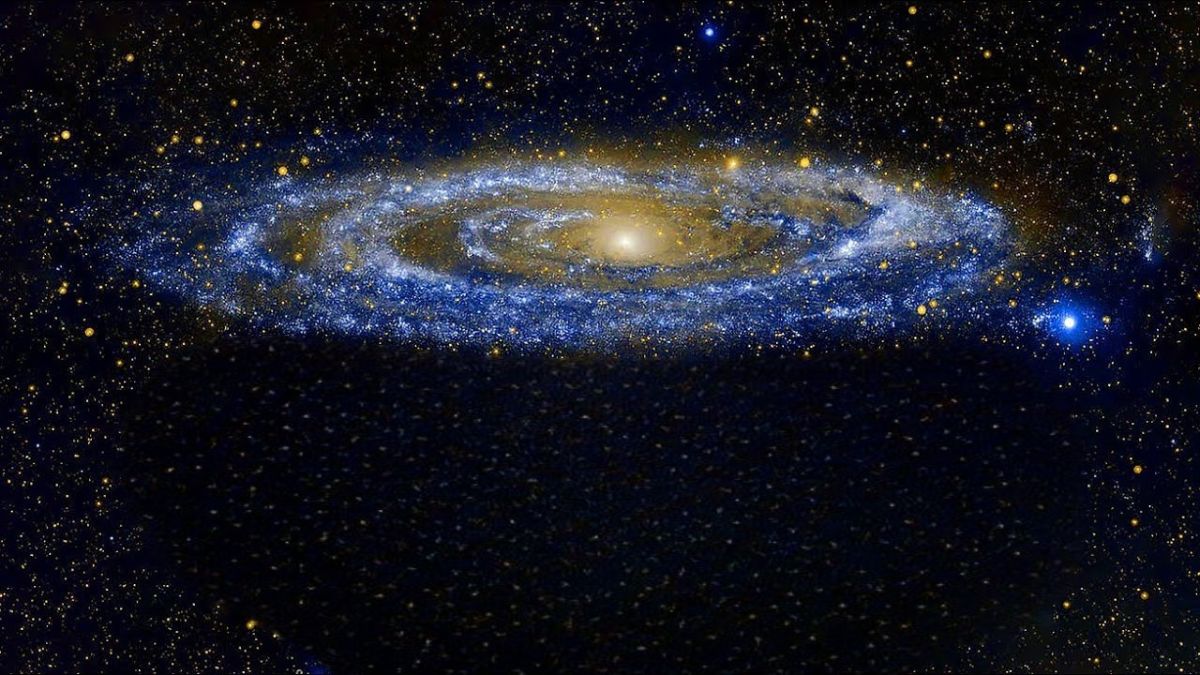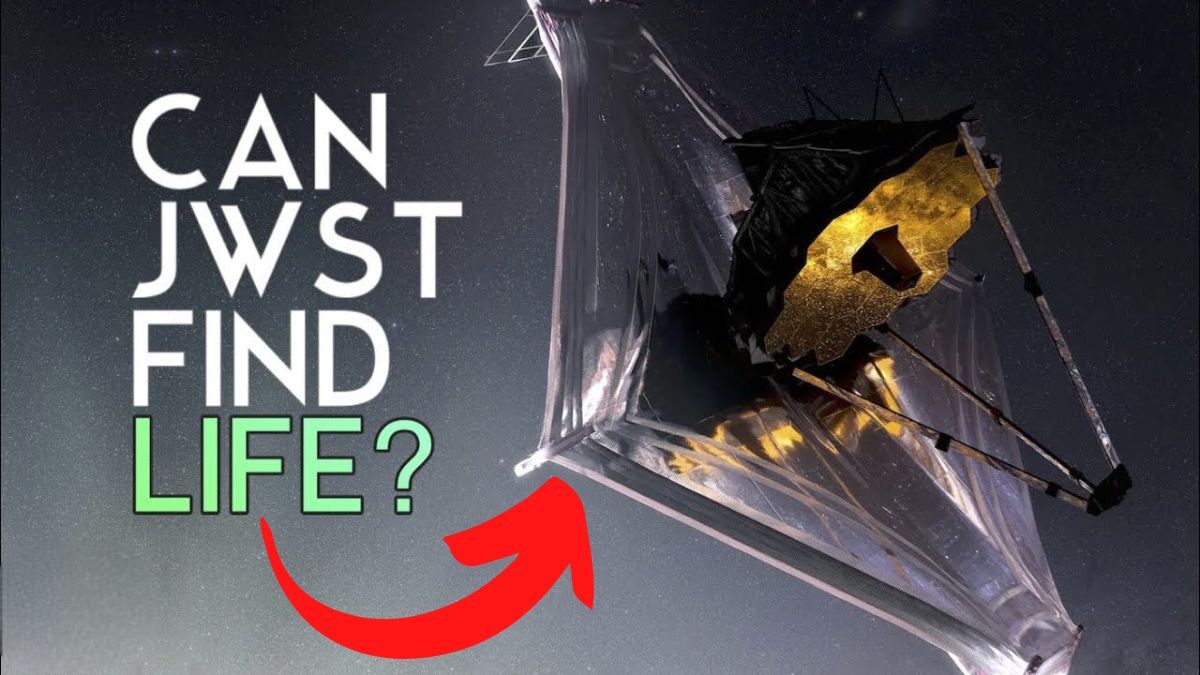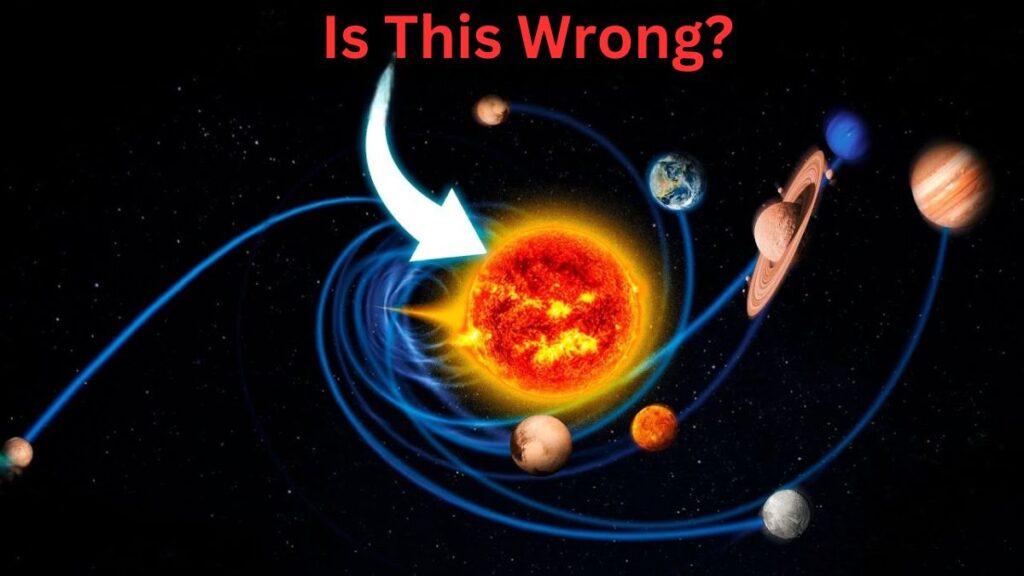
But not only are these misleading, Earth’s real motion – your real motion through the universe – is way more complicated and way more interesting.
This video of the planets moving in a corkscrew pattern isn’t exactly wrong, but it’s often presented in the most misleading sense – by suggesting that the “old” idea of planets orbiting the Sun is wrong – and that we really move in a cool vortex.
This is misleading because it suggests that one frame of reference – the one where we see the helix – is fundamentally better than any others.
Today I’m going to say a word or two against this reference frame chauvinism, and then talk about how the Earth REALLY moves through the universe, which involves a surprising amount of awesome astrophysics.
To start, I want you to imagine you’re in a ship moving steadily on a perfectly smooth ocean in an enclosed cabin.
The portholes are closed and there’s no way you can tell how fast you’re moving.
Or even that you’re moving at all.
This is the thought experiment that Galileo Galilei described in his 1632 book Dialogue Concerning the Two Chief World Systems to express what we now call Galilean relativity.
It’s the idea that there’s no single best frame of reference from which to define the concept of stillness.
There’s no absolute rest-frame.
All non-accelerating frames – also called inertial frames – can be taken as motionless as far as the laws of physics are concerned.
So the view of the Solar System tracing this helix through space IS a valid frame of reference, but you know what else is a valid frame of reference?
This one.
Where the planets orbit the Sun just like you were always taught.
At least on timescales of less than millions of years.
OK, meme debunking achieved.
Let’s move on to the interesting astrophysics and talk about how Earth is really moving, and what we can learn from that.
Given this Galilean relativity of motion, is it even meaningful to say how the Earth is moving?
Well, there may be no such thing as a single fundamental definition of motionlessness, but that doesn’t mean all reference frames are equal.
We choose a reference frame that’s most useful for the question at hand.
For example, if your brain is subconsciously computing the trajectory of a ball flying through the air in order to catch it, you’re not going to take into account the fact that the surface of the Earth is moving at 1000 km/hr or so due to its rotation.
You can treat your patch of the Earth’s surface as inertial for that calculation.
If NASA wants to send a robot to Mars, it probably doesn’t want to use the frame of reference of Cape Canaveral, or even of the Earth’s center to do its celestial mechanics.
It uses an inertial frame of reference of the solar system.
But NASA gets to ignore the fact that the Sun is racing around the galaxy at 230 km/s.
So if we want to answer the question “how is the Earth really moving” we need to choose the useful frames of reference.
Let’s start with the frame of reference of our familiar depictions of the motions of the planets – one roughly fixed on the Sun.
One thing is inaccurate about this depiction – and that’s the idea that the planets are orbiting the Sun, while the Sun is fixed relative to the planets.
The planets tug on the Sun just as it tugs on the planets, causing the Sun to move.
The best reference frame to describe motion within the solar system is that of the barycenter – the center of mass.
This is the real point that everything in the solar system is orbiting .
From the reference frame of the barycenter, the Sun executes this complex pirouette, mostly in response to the outweighed gravitational pulls of Jupiter and Saturn.
The Solar System’s barycenter is sometimes beneath the Sun’s surface, but when the two giant planets are even vaguely lined up it can be quite a way outside of the Sun.
So how does this affect Earth’s orbit?
The barycenter’s motion is slower than Earth’s orbit.
So this causes Earth’s elliptical orbit to stretch and squish very slightly on the timescale of Jupiter and Saturn’s years – 5 and 12 Earth years respectively.
And the pull of the other planets also causes the orientation of that ellipse to rotate around the Sun over 1000’s of years.
We talked about that effect in detail, and its connection to ice ages, when we discussed the Milankovic cycles.
So that’s Earth’s motion within the solar system – complicated, but not as complicated as its motion through the galaxy.
That galactic motion is also much harder to figure out.
In the solar system, there are relatively few bodies whose gravity you need to account for, and anyway, the gravity is massively dominated by the Sun.
The source of the Milky Way’s gravitational field isn’t dominated by one object – everything orbits in the summed gravitational fields of everything else.
That makes things tricky, but it also means we can learn an enormous amount about our Galaxy’s complex structure just by tracking the motion of its constituents.
The Solar system is moving at about 230 km/s relative to the center of the Milky Way – give or take.
That means a single orbit takes almost 230 million years.
The last time the earth was on this side of the galaxy, dinosaurs wandered Pangea and trilobites had just gone extinct.
To describe the Sun’s motion through the galaxy we need to choose a new reference frame.
We could choose the center of the galaxy – but that’s actually very difficult to pinpoint.
Instead we tend to describe the Sun’s complicated motion relative to a much simpler hypothetical orbit – what we call the Local Standard of Rest.
The LSR is the reference frame that the Sun would have if it were executing a perfectly circular orbit from its current position.
This allows us to describe how “not circular” the Sun’s orbit is.
There’s also a good physical motivation.
Almost every star in the Milky Way disk starts in an orbit that’s nearly circular.
That’s because the clouds of gas from which stars form get nudged into circular orbits due to friction with other gas – friction that stars don’t experience.
After a star forms in the same circular orbit as its birth cloud, it gradually gets nudged off that orbit by a myriad of gravitational kicks from other objects in the Milky Way.
Determining the speed of the sun with respect to the LSR is just a matter of finding lots of new, young stars that formed recently and are still in their birth orbits, and taking an average of how they’re moving relative to us.
From these measurements we find that the sun is going a little bit faster than it should be for a perfectly circular orbit- relative to the local standard of rest, the Sun is drifting “forwards” at about 5 km/s.
It’s also drifting ‘inwards’ toward the galactic center at about 8 km/s and moving up and out of the disk at about 7 km/s.
This tiny ‘peculiar motion’ as it’s called, has enormous consequences for the path that the sun and solar system take through the galaxy.
For starters, this slow drift toward the galactic center doesn’t mean we’re going to fall into Sagittarius A*.
The Sun is trying to execute a slightly elliptical orbit around the galaxy, and currently it’s moving closer to the galactic center.
But the Milky Way’s mass is spread out through the entire galaxy rather than concentrated in the center like in the solar system.
That means simple elliptical orbits aren’t possible.
Instead, the Sun traces out this pretty flower pattern over many orbits.
Geometrically it’s ‘epicyclic’ – the shape that a smaller wheel makes when rolling on a bigger wheel.
The slight upward motion of the Sun is perhaps even cooler – and certainly quite a bit more impactful.
I already mentioned that we’re moving up out of the galactic disk at around 7 km/s.
We are currently a few dozen light years above the middle, although it’s hard to know exactly where the center of the galactic disk is.
We’re not in danger of escaping the galaxy.
With more matter below than above us, the disk’s gravity is slowing our upwards motion.
In a few million years we’ll have clawed our way to around 300 light years above the disk center before our upwards motion slows to a halt, and we begin to fall back in.
We’ll plummet through the disk, overshoot, and pop out the other side.
We execute one of these graceful leaps roughly once every 60 million years, so a few times per galactic orbit.
This vertical oscillation is more than just a curiosity.
Some astronomers think it could be directly tied to mass extinctions on the earth.
You know the dinosaurs went extinct 60 million years ago.
The center of the disk is a more dangerous place for the solar system due to the higher density of stars.
It puts us at a bigger risk of a nearby supernova, or close encounters with other massive objects that could destabilize debris in the outer solar system that could impact the earth.
But that’s a story for another time.
This bouncing motion of the sun and other stars is also a useful scientific tool – it gives us a way to test different theories of the mysterious dark matter which is invisible and has only been detected by its strong gravitational influence.
There are many different models for what type of particle or object dark matter is made up of, and these models make different predictions for how dark matter interacts with itself.
In the more mainstream models it interacts with itself almost not at all, which means it stays very puffy and spread out.
But some dark matter candidates might experience very weak self-interactions, resulting in a force similar to friction and enabling dark matter to accumulate in the disk of the galaxy, that would lead to a more massive disk than the case where dark matter is more spread out.
So by weighing the disk we can potentially test these types of dark matter models.
And we can do that by looking at the vertical oscillations of stars.
That’s because the mass of the disk determines how far stars can rise in these vertical oscillations.
Measuring vertical speeds and maximum heights for nearby stars has so far told us that there’s no evidence of any extra density of dark matter in the disk, which supports non-interacting dark matter models.
Okay, now we know how the sun moves through the galaxy, but what about the solar system as a whole?
The plane of the planet’s orbits – also called the ecliptic plane – is tilted by about 60 degrees.
That’s why we see this sort of squished corkscrew pattern as the planets move through the galaxy.
The orbits of the planets cause them to spend half their year ahead of the sun in the galactic orbit, while they lag behind it during the other half.
In the case of the earth, it’s the furthest ahead of the sun in September, while in March it’s farthest behind.
Also, for half the year Earth is moving in the same direction as the Sun through the galaxy so their velocities add together, with the maximum speed in June.
While in the other half of the year we’re moving backwards relative to the Sun’s motion, so in December Earth’s galactic motion is the slowest.
This change in Earth’s galactic speed also happens to be useful for testing – guess what – dark matter models.
If dark matter is some exotic particle, then it must be passing through the Earth as we move through the galaxy.
And the faster we move, the more dark matter we should sweep through, in the same way that more rain hits your windshield the faster you drive.
Dark matter experiments should see more events in June compared to December.
In fact, physicists at the DAMA experiment in Gran Sasso in Italy actually may have detected this signal though that’s still disputed- partly because other detectors haven’t been able to reproduce it yet.
Okay, just one more bone to pick about this so-called vortex motion.
Currently the ecliptic is almost face-on compared to our Sun’s orbital motion, so the corkscrew is valid.
But due to conservation of angular momentum, the plane of the solar system won’t ‘turn’ with the Sun’s orbit.
After a quarter of a galactic orbit, the ecliptic plane will be edge-on – the solar system will be like a great wheel rolling in the direction of the sun’s orbit.
We now have a picture of how the Solar system really moves through the galaxy.
But how do we move through the universe as a whole?
The Milky Way is pulled by the gravitational fields of the masses around it.
We’re racing towards the Andromeda galaxy at a couple of hundred kilometers per second, while our entire local group – Andromeda, the Milky Way, and the other little galaxies around us – are being pulled at several hundred km/s towards a mysterious overdensity in the clustering of galaxies called the Great Attractor.
At this point, it becomes really tricky to define a single frame of reference to precisely define our relative velocity.
Except we do have one last recourse – a reference frame granted to us by the earliest epochs of the universe.
The reference frame of the cosmic microwave background.
This is the faint, radio-wavelength light that was emitted by the hot hydrogen that filled the universe before the first stars were born.
Those hydrogen atoms were moving in all different directions, but they had an average velocity.
If you were there near the beginning, and you were moving at the average velocity of those atoms, then the light produced by those atoms would look the same in all directions.
However if you had any different velocity, then the light hitting you from ahead would be a bit more energetic – a bit bluer.
Light hitting you from behind it would be less energetic, or more red.
Well, those atoms are mostly in stars now, but the light they produced is still everywhere.
The cosmic microwave background defines a rest frame for the universe.
And we can check our reference frame compared to it.
It turns out that we are hurtling at 368 (+ or – 2) km/s relative to the cosmic rest frame – we’ve been tugged from the cosmic average velocity by vast overdensities of galaxies hundreds of millions of light years away.
So that is how you are currently moving through the universe.
It’s wildly dizzying in all but the reference frame of your own body.
At the most extreme, you are wheeling in squished corkscrew that shifts to a rolling wheel as it dips above and below the galactic disk tracing flower petals around the Milky Way, which in turn forms a galaxy-scale helix, the sum total of our wheeling dance across space time.

